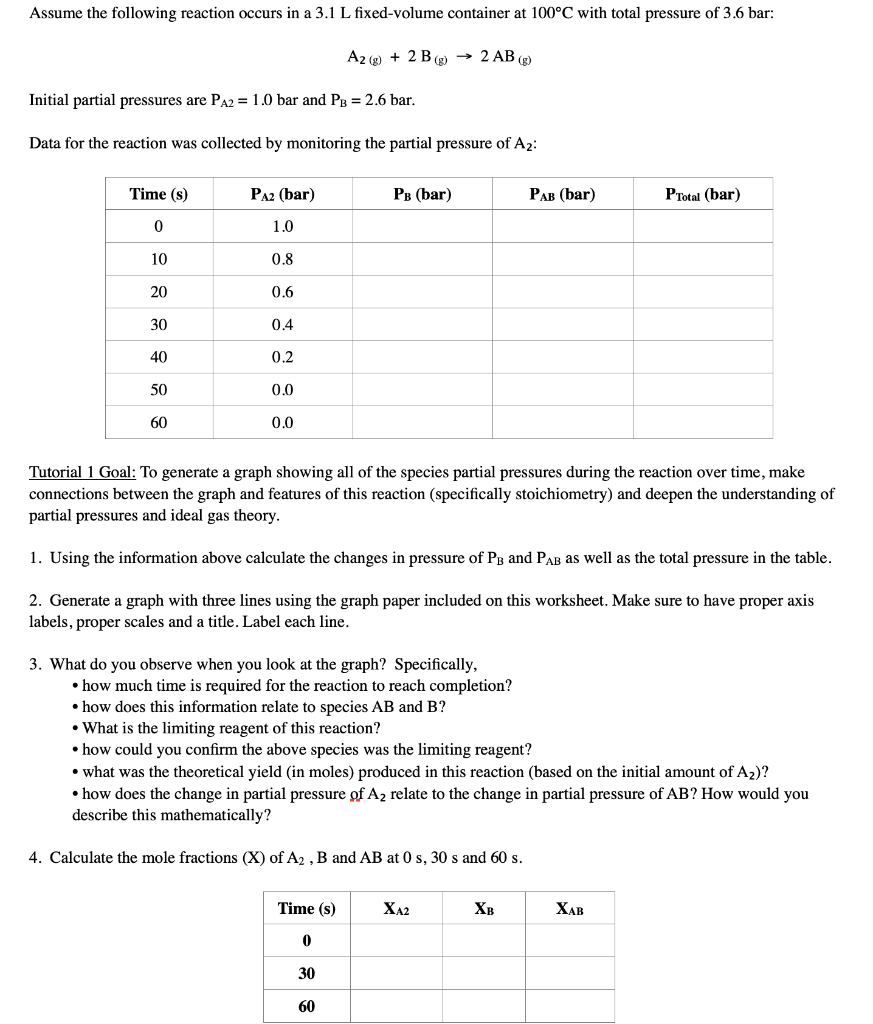Answered step by step
Verified Expert Solution
Question
1 Approved Answer
need help please full questions A2(g)+2B(g)2ABGg(g) Initial partial pressures are PA2=1.0 bar and PB=2.6 bar. Data for the reaction was collected by monitoring the partial
need help please full questions

Step by Step Solution
There are 3 Steps involved in it
Step: 1

Get Instant Access to Expert-Tailored Solutions
See step-by-step solutions with expert insights and AI powered tools for academic success
Step: 2

Step: 3

Ace Your Homework with AI
Get the answers you need in no time with our AI-driven, step-by-step assistance
Get Started


